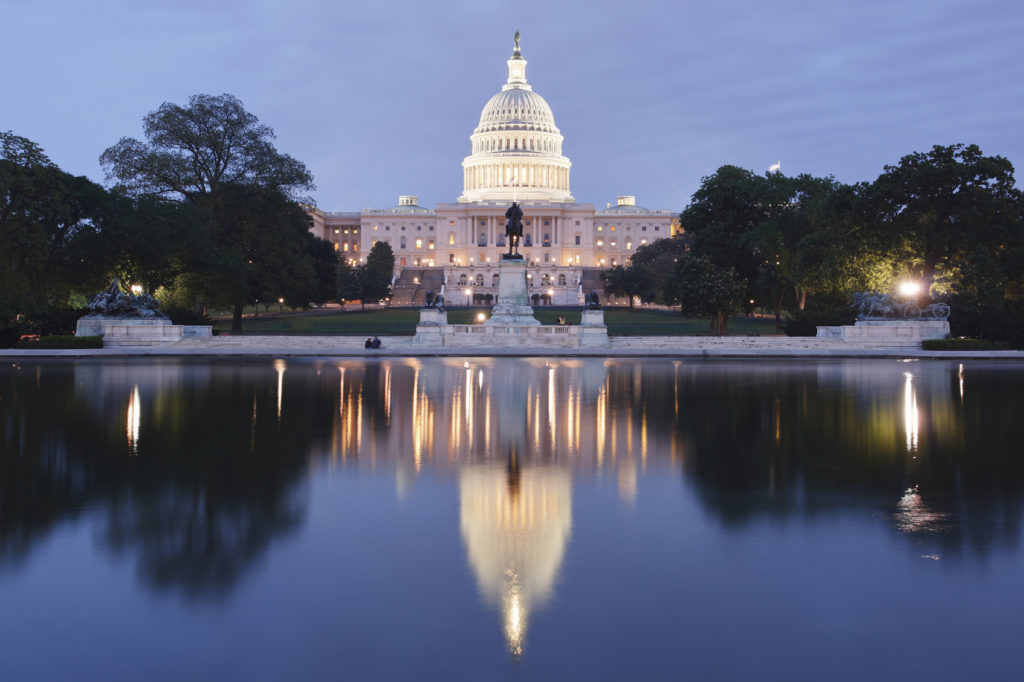As the FY 2017 appropriations season rolls along, both Chambers have begun consideration of their respective Interior, Environment, and Related Agencies bills. These bills cover a range of agencies and funds, including the Department of Interior (and its various bureaus), the Environmental Protection Agency, the Land and Water Conservation Fund, and the Fish and Wildlife Service. Many of these agencies are responsible for regulations that govern various aspects of energy, natural resource development, and environmental policy that has a profound impact on an array of industries and American businesses. Thus, this appropriations bill holds significant import and carries the opportunity for pro-energy, pro-growth policies. The House Interior bill shows promise, reeling in several key regulations while also reducing overall funding levels. The Senate version also includes key spending cuts, but lacks policy riders that would cut red tape and block harmful regulations. Ideally, the Senate will address this deficiency at the full Committee level or during floor debate.
This year, the House FY2017 Interior Appropriations comes in at $32.095 billion, roughly $64 million less than FY2016 enacted levels. This includes $12.049 billion for the DOI and $7.976 billion for the EPA, a roughly $33 million increase and a $163 million decrease, respectively, from FY2016 enacted levels. Of note, the bill reduces funding for the Bureau of Land Management by roughly $10 million. The bill also appropriates $322 million for the Land and Water Conservation fund which, while above the traditional $300 million per year allocation, is a $128 million decrease for a program used to annex private and state lands.
Overall, these funding levels are a good step towards greater financial accountability. The levels are consistent with the subcommittee’s commitment towards responsible environmental stewardship all while working to decrease the size of the federal government and roll back unnecessary red tape.
The House version goes a step further by including a number of provisions aimed at cutting burdensome regulations and rules promulgated by various agencies. While some might call these “poison pills,” these riders are fully within Congress’ prerogatives, consistent with Constitutional authority, and sound public policy.
These riders reel in several potentially disastrous regulations by prohibiting funds for: the regulation of greenhouse gases from new and existing sources under the Clean Air Act (collectively known as the so-called “Clean Power Plan”); expanding reach of federal bureaucrats with new definitions of what constitutes “navigable waters” under the Clean Water Act (known as “Waters of the United States”); driving up the cost of natural gas production through new methane emissions regulations; and continuing the use of the inherently-flawed social cost of carbon (SCC) metric. The bill also delays the implementation of the administration’s overzealous ozone regulation (similar to Rep. Olson’s ozone bill) and requires a report to Congress accounting for all federal funding being directed to programs dealing with climate change.
Including these policy provisions in the subcommittee draft indicates that Congress is keen on tackling these major issues and strongly disapproves of agency action in these areas. By exercising its power of the purse, the House Appropriations Committee can send a message that these regulations do more harm than good. This House Interior Appropriations bill, with its funding levels and policy riders, is a welcome change to the usual trend of do nothing appropriations legislation, and should be approved.
The Senate is also working on it’s own Interior Appropriations legislation. Their bill, as drafted by the Subcommittee, similarly complies with the 302(b) allocation levels and appropriates $32.034 billion, about $125 million less than FY2016 enacted levels. Funding for DOI checks in at $12.16 billion, roughly $144 million above FY2016 enacted levels. EPA funding sits at $8.1 billion, over $31 million below FY2016 enacted levels. The bill does include an increase for the BLM, about $6 million above FY2016 enacted levels to $1.24 billion.
While the Senate bill does cut overall funding and does make strides in instituting a more responsible fiscal track, the bill does not contain as strong policy riders as the House draft does. The bill blocks funds for implementing WOTUS, but fails to include many of the other significant House riders.
The Senate does operate under different processes than the House and Senators traditionally withhold many policy riders until full committee or floor consideration. However, inclusion of riders blocking funds for the “Clean Power Plan,” methane rule, and SCC in the base bill would have been a positive step for the upper chamber.
While much work remains, the proposed Interior Appropriations bills include important spending cuts and at least begin the process towards a more accountable and manageable federal government. Ideally, Congress will continue to debate these bills and work to implement policies that return power over America’s natural resources and energy policy back to states and individuals. After all, communities, not bureaucrats, best know how to meet their energy and environmental needs. Congress should use Interior Appropriations legislation as an opportunity to revert back to federalist principles and rein in the power of some of these bloated federal agencies.
